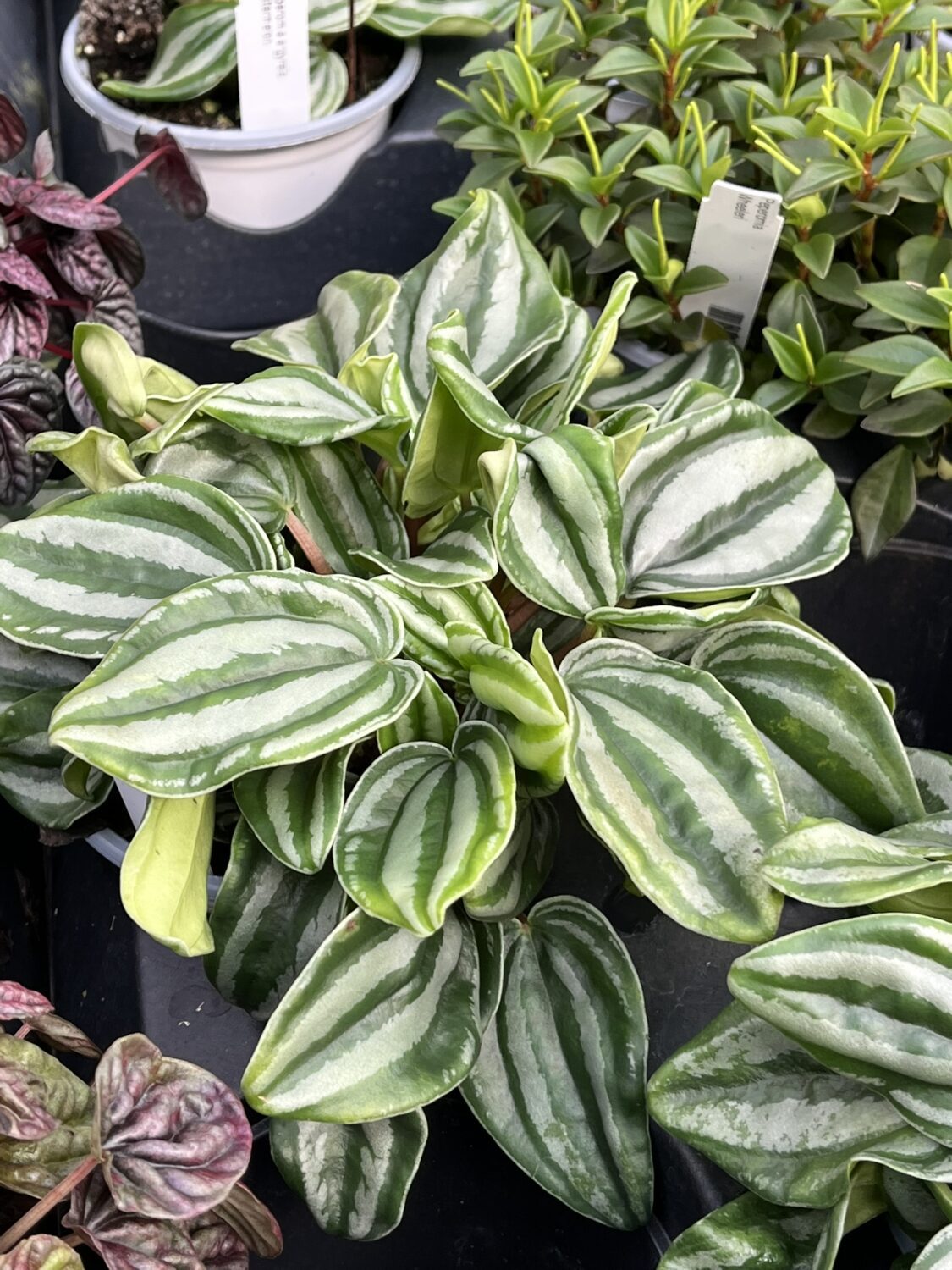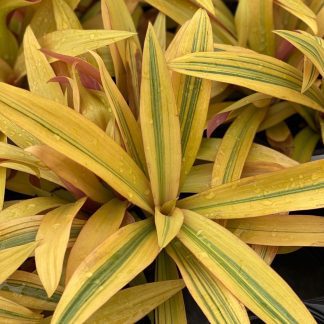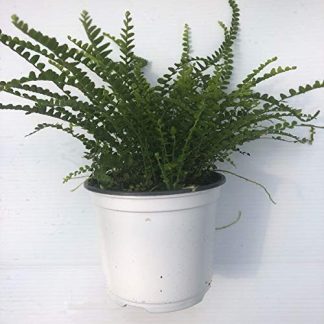Description
Peperomia argyreia ‘Watermelon’: A Striking Indoor Gem
Peperomia argyreia, known as the Watermelon Peperomia, is one of those plants that instantly catches your eye. Its round, fleshy leaves with silver-green stripes look just like the rind of a watermelon. Add the reddish-pink stems, and you have a plant that feels playful yet elegant.
Native to South America, this compact beauty is perfect for small spaces like desks, windowsills, or bookshelves. It’s also non-toxic to pets, making it a worry-free choice for homes with curious cats or dogs. Best of all, it’s simple to care for, even if you’re just starting your plant journey.
What Makes Watermelon Peperomia Special?
The charm of this plant lies in its bold foliage. Each leaf looks hand-painted, with shimmering stripes radiating out from the center. The compact growth habit means it won’t overtake your space. Instead, it becomes a lively accent wherever you place it.
Beyond its looks, this plant is forgiving. It stores water in its thick leaves, so it can handle a missed watering or two. With just a little attention, it will stay lush and healthy year-round.
How to Grow Peperomia argyreia ‘Watermelon’
Caring for this plant is straightforward. Follow these simple steps to keep it thriving.
1. Propagation and Planting
Watermelon Peperomia is easy to multiply. You can propagate it using stem cuttings or leaf cuttings.
Stem Cuttings
-
Use clean scissors to cut a piece of stem with a healthy leaf and at least one node.
-
Remove any lower leaves so the node is exposed.
-
Place the cutting in water or plant it directly into moist, well-draining soil.
-
If rooting in water, keep the node submerged and place it in bright, indirect light. Roots form in about 2–4 weeks.
-
Transfer to soil once roots are established.
Leaf Cuttings
-
Cut a healthy leaf with its petiole (leaf stem) intact.
-
Insert the petiole into moist soil.
-
Keep the soil lightly moist and the plant in bright, indirect light. New roots and shoots will appear in a few weeks.
2. Light Needs
Bright, indirect light is best. Too much direct sun will scorch the leaves, while too little light may cause the stripes to fade.
-
Indoors: Place near an east- or north-facing window. South or west windows work if filtered with sheer curtains.
-
Outdoors: Keep in shade or dappled light during warm months.
3. Best Soil Mix
The right soil is airy and drains well but holds some moisture. A good mix includes:
-
2 parts potting soil
-
1 part perlite or coarse sand
-
1 part peat moss or coconut coir
This blend keeps roots healthy and prevents waterlogging.
4. Watering
Water when the top 1–2 inches of soil are dry. Overwatering is the biggest risk for this plant.
-
In spring and summer, water more often as growth is active.
-
In fall and winter, cut back as growth slows.
-
Always use pots with drainage holes to avoid standing water.
Tip: Yellow leaves mean too much water; drooping leaves often mean too little.
5. Temperature and Humidity
This plant loves warmth and moderate humidity, similar to its tropical origins.
-
Temperature: 65–80°F (18–27°C) is ideal. Avoid anything below 50°F (10°C).
-
Humidity: It tolerates average household humidity but thrives with slightly higher levels. Mist occasionally, use a humidifier, or place on a pebble tray.
Keep it away from drafts, heaters, or AC vents.
6. Fertilizing
Feed during the growing season for lush foliage.
-
Use a balanced, water-soluble fertilizer at half strength.
-
Apply every 4–6 weeks in spring and summer.
-
Stop feeding in fall and winter.
Flush the soil occasionally to prevent salt buildup.
7. Pruning and Maintenance
Pruning keeps the plant tidy and encourages fuller growth.
-
Pinch back stem tips to promote branching.
-
Remove yellow or damaged leaves.
-
Use the cuttings for propagation.
Wipe leaves with a damp cloth to remove dust and keep them glossy.
8. Pests and Diseases
Watermelon Peperomia is mostly pest-free but can occasionally attract mealybugs, spider mites, or aphids.
-
Check leaves regularly for sticky residue or webbing.
-
Wipe with soapy water or spray with neem oil if pests appear.
-
Avoid overwatering to prevent root rot and fungal problems.
9. Repotting
This plant doesn’t need frequent repotting. Every 2–3 years is enough.
-
Repot when roots fill the pot or soil becomes compacted.
-
Choose a pot 1–2 inches larger than the current one.
-
Refresh with fresh soil and handle roots gently.
10. Special Care Tips
-
Rotate the pot every few weeks so growth stays even.
-
Bring indoors during cold months if kept outside.
-
Clean leaves occasionally to boost photosynthesis and keep the stripes vibrant.
Why You’ll Love It
Peperomia argyreia ‘Watermelon’ is proof that big beauty can come in a small package. It asks for little but gives so much. Its patterned leaves bring joy to any corner, and its easy nature makes it perfect for both beginners and seasoned plant lovers.
Add one to your collection, and you’ll see why it’s a favorite in homes around the world.
A Splash of Nature for Every Room
Caring for this plant is more than routine—it’s a simple pleasure. Each new leaf feels like a reward. And with its playful stripes and forgiving nature, the Watermelon Peperomia might just become your favorite houseplant.




